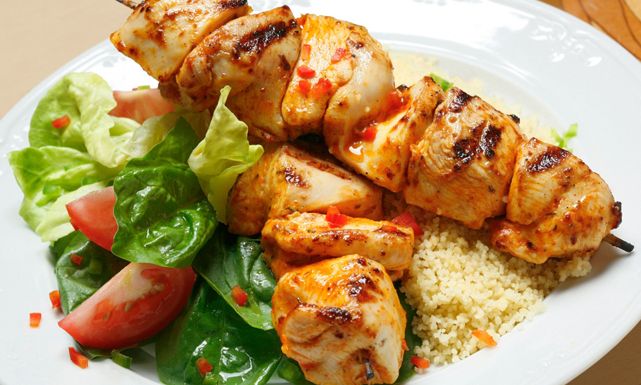By Tim Hazell
Poultry was one of the most important sources of nutrition in the ancient Egyptian diet, ranging from domestically bred fowl to wild migrating birds. Many murals from Egyptian tombs depict colorful scenes of Egyptian elite bringing down birds in flight with curved throwing sticks. Egyptian peasants were keen on breeding poultry, a custom that continues into the modern era. In urban centers such as Thebes, poultry merchants bred birds to sell in public marketplaces.
Birds were omnipresent in ancient Egyptian culture and such a focus of religion that they were mummified as temple offerings. Species included ducks, ibises, eagles, vultures, and falcons. Legs of Egyptian folding stools were beautifully adorned with inlaid duck heads. Many of their gods took on avian forms, perhaps because of their superhuman ability to soar through the sky, following the path of the life-giving sun.
Egyptians were portrayed as birds with human hands raised in adoration of their king, who was shown as a falcon, the incarnation of the “Living Horus on Earth.” The fecund waters of the Nile provided a haven for millions of waterfowl migrating between Eurasia and Africa each spring and fall. Regular peregrinations of such huge flocks greatly influenced the lives of ancient Egyptians who regarded them as living symbols of fertility, life, and regeneration.
Geese were favored in ancient Egyptian dishes, evident from the amount of care dedicated to breeding them. Murals have been found depicting their hand feeding. Ducks were also used extensively, adorning the tables of kings, priests, and the elite, either broiled or grilled.
Ancient Egyptians came to know chicken with the Ptolemaic dynasty. They also were familiar with pigeons, pheasants, and the domestic ostrich. Pigeon houses were made of Nile mud, and their excrement was used as a natural fertilizer.
Ancient recipes predating classical Greek and Roman eras are extremely rare. Ingredients such as powdered cumin, coriander seed, grape must, and olive oil enlivened plain fare. Laborers on colossal stone building projects were paid in part with food staples. Papyrus fragments from the Old Kingdom (2686-2181 B.C.) record strikes by organized workers whose “wages” were delayed.
Here is a modern adaption of an ancient recipe for chicken that is still in use today.
Ancient Egyptian Chicken “Kebabs”
Ingredients:
3 chicken breasts, roughly cubed
Marinade:
1 tbsp. freshly ground cumin seed
1 tbsp. freshly ground coriander seed
3 cloves garlic, peeled and smashed
1 tsp. cayenne pepper
1 tsp. black pepper
2 tsp. paprika
2 tbsp. chopped coriander leaves
4 tbsp. yogurt
1 tsp. liquid honey
Good pinch of salt
Drizzle of olive oil
Grind cumin and coriander seeds in a spice grinder. Process all ingredients in a blender or food processor and place in a bowl. Fold in the chicken cubes and toss until well coated. Cover, place in the refrigerator and marinate for several hours or overnight. Remove and bring to room temperature. Preheat the oven to 450°F. Place chicken cubes on a baking tray and bake for 15-20 minutes uncovered or thread onto skewers and grill. Excellent served with yogurt, accompanying vegetable of choice and rice.

